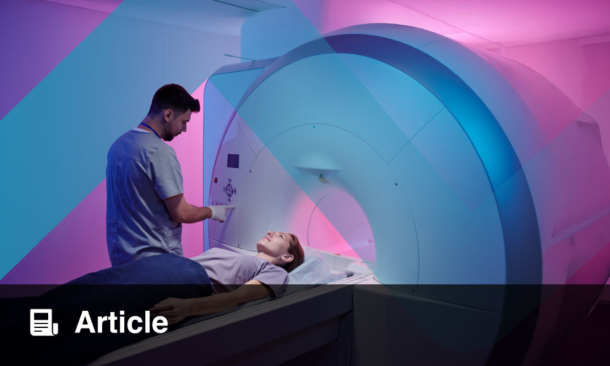AN OPEN-SOURCE AI tool developed by University of Florida researchers, VisionMD, significantly improves the monitoring of Parkinson’s disease and movement disorders by analysing video recordings to detect subtle motor changes, offering clinicians precise, objective data to enhance treatment decisions.
Traditional clinical assessments of movement disorders, such as Parkinson’s, rely on subjective visual evaluations, which can lead to inconsistent diagnoses and treatment plans. To address this, Dr. Diego Guarin and his team created VisionMD, a privacy-focused software that processes standard videos—recorded via smartphones, laptops, or telehealth platforms—to quantify motor symptoms like tremors, finger-tapping speed, and limb agility. The tool, detailed in npj Parkinson’s Disease, uses deep learning algorithms to track body movements and generate kinematic metrics, eliminating human bias. Collaborating with neurologists at the Fixel Institute for Neurological Diseases, the team ensured the software integrates seamlessly into clinical workflows, requiring only seconds to analyse each video.
Globally adopted in Germany, Spain, and Italy, VisionMD is already aiding clinicians in optimising deep brain stimulation (DBS) settings for tremor patients by identifying the most effective configurations from millions of possibilities. For example, researchers at University Hospital Würzburg use it to compare symptom relief across DBS parameters, reducing trial-and-error adjustments. The software operates entirely offline, avoiding cloud-based data risks, and is freely modifiable due to its open-source design. Early adopters report its accessibility for clinicians regardless of technical expertise, with plans to expand its capabilities to additional motor tasks.
These advancements highlight VisionMD’s potential to standardise movement disorder assessments, enabling remote monitoring and personalised treatments. Future developments should focus on integrating the tool into telehealth platforms and validating its long-term impact on patient outcomes. Clinicians are encouraged to adopt such AI-driven tools to reduce diagnostic variability and enhance care efficiency.
Reference
Acevedo G et al. VisionMD: an open-source tool for video-based analysis of motor function in movement disorders. npj Parkinson’s Disease. 2025;DOI:10.1038/s41531-025-00876-6.








